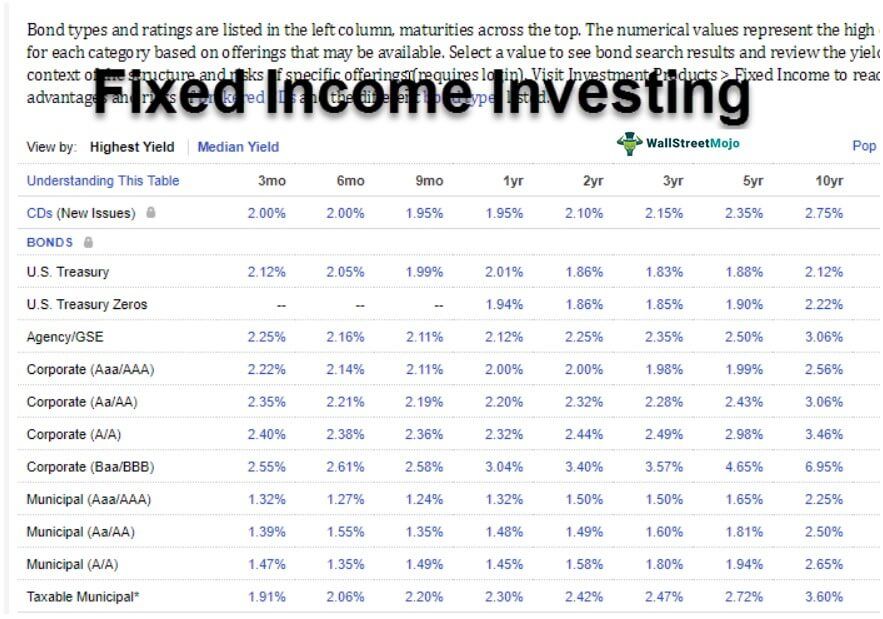
Bonds are one of the most common types of fixed-income investments, providing stability and predictable returns. Essentially, a bond is a loan made by an investor to a corporation, government, or organization, with the promise of repayment plus interest.
Investing in bonds offers lower risk compared to stocks, making them suitable for conservative investors or those seeking portfolio stability. Government bonds, such as U.S. Treasury bonds, are considered very safe, while corporate bonds carry slightly higher risk and potentially higher returns.
Bonds pay periodic interest, known as coupons, which provides a steady income stream. At maturity, investors receive the principal amount back. This makes bonds a reliable source of income for retirees or risk-averse investors.
Diversification within bond portfolios is essential. Investors can mix bonds of different durations, credit ratings, and issuers to balance risk and reward. Long-term bonds may offer higher interest rates but are more sensitive to interest rate changes, while short-term bonds are less volatile.
In addition to income, bonds can hedge against stock market volatility. During market downturns, bonds often maintain value better than equities, providing stability to investment portfolios.
In conclusion, bonds and fixed-income investments are a cornerstone of balanced portfolios. They offer income, stability, and diversification, making them suitable for investors seeking predictable returns and lower risk exposure.